Here are facts about Mumbai local trains, the lifeline of the city:
If Mumbai is the heart of India, then the local trains are its unstoppable, thumping heartbeat. Ask anyone who lives in Mumbai what keeps the city running—not the stock exchange, not Bollywood stars, not even cutting chai—it’s the Mumbai local trains. Love them, hate them, squeeze into them, or dangle off them… they’re a way of life.
Forget luxury, forget silence, forget personal space. This is public transport like nowhere else on Earth. So buckle up—or better yet, hang on to that overhead handle—because we’re about to dive into the mad, magical world of Mumbai locals.
A Little History, Not Too Boring, Promise!
Mumbai was the first city in India to get a railway line. Yup, way back in 1853, when a train chugged out from Bori Bunder (now CST) to Thane. What started with one train is now a crazy, massive network that carries more than 7 million people a day. That’s like the population of an entire country crammed into train compartments—daily!
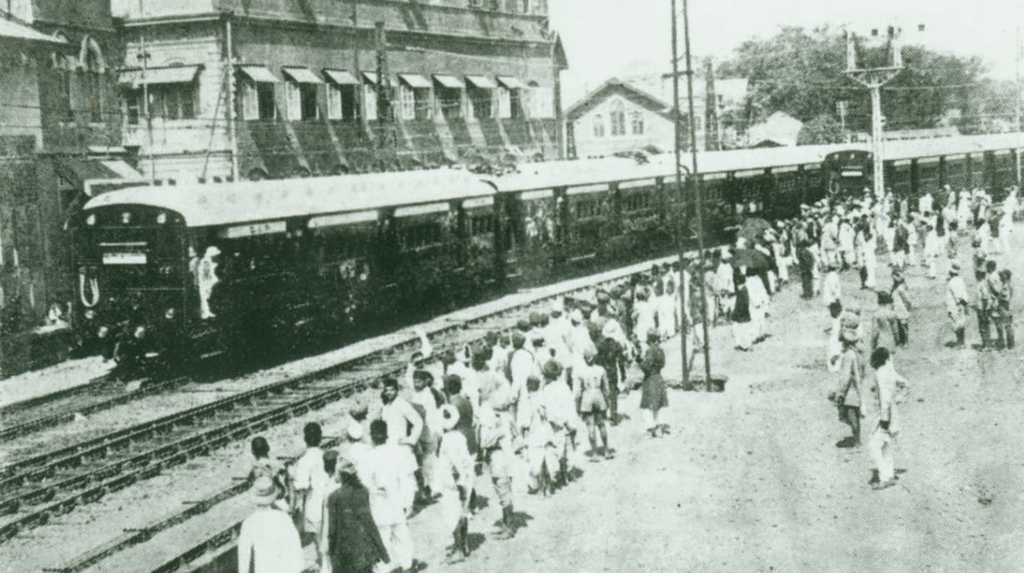
And yet, the locals rarely fail. Even when the city floods or the sun is frying everyone alive, Mumbai’s local trains just keep going. Like the Terminator, but in train form.
The Network: Three Lines, One City
The Mumbai suburban railway is split into three major lines:
- Western Line: From Churchgate to Dahanu Road. Runs parallel to the Arabian Sea. Think Bandra, Andheri, Borivali—you’ll hear these names a lot.
- Central Line: CST to Kasara/Karjat. It’s the heart of Mumbai’s local system.
- Harbour Line: The underdog. CST to Panvel, serving areas like Chembur, Vashi, and Navi Mumbai.
Each line is like its own little world with distinct stops, vibes, and train timings. The trains run early morning to past midnight, every few minutes, like clockwork (well, most of the time).
First-Class or No-Class?
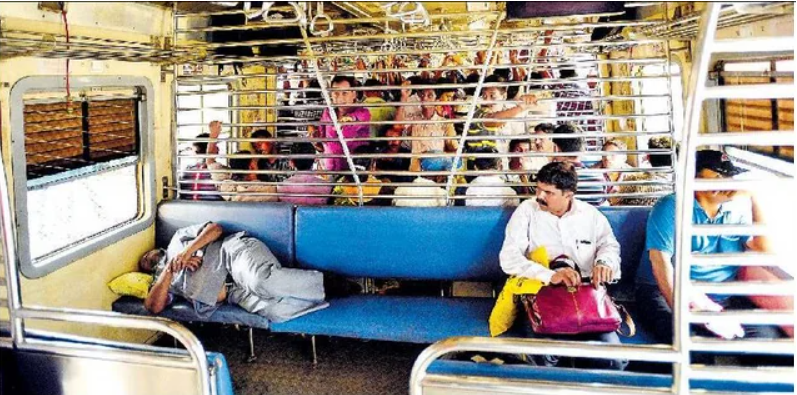
Mumbai locals have two main classes: First-Class and Second-Class.
- First-Class: Less crowded (most of the time), cleaner (sometimes), and your ticket costs 5–6 times more. But on bad days, it’s just an expensive sardine tin.
- Second-Class: The OG experience. This is where the action is—sweaty shoulders, flying elbows, and friendships formed while sharing one square foot of space.
Oh, and let’s not forget ladies compartments, senior citizen compartments, and the holy grail for many—a window seat!
Rush Hour = Survival of the Fittest

Let’s talk about rush hour. Picture this: it’s 9 AM, you’re on the platform at Dadar or Andheri, and suddenly—BAM!—the train arrives. Doors open and people burst out like soda from a shaken bottle, while others are already leaping in. It’s chaos, ballet, and war—all at once.
You don’t enter a local train. You get pulled into it, and if you’re not alert, you’ll either miss it or end up somewhere unintended. And if you manage to grab a seat in a 9 AM train? You’re basically royalty. People will eye your throne like it’s the Iron Chair from Game of Thrones.
The Art of Hanging at the Door
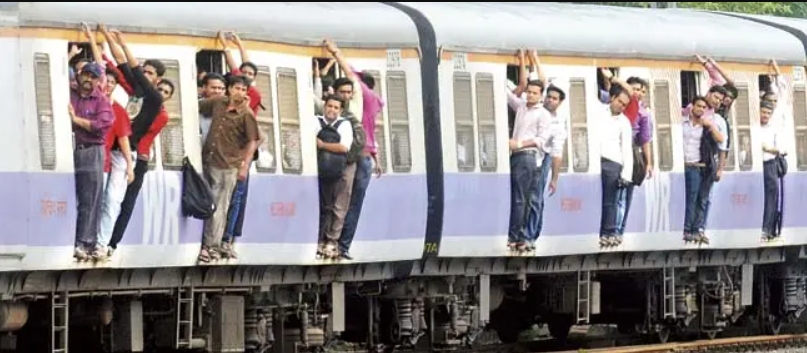
Ask any regular local traveler—there’s no better feeling than hanging by the train door, hair flying, wind in your face, and the city rushing past in a blur. It’s dangerous, sure, but also iconic.
Many Mumbaikars prefer standing by the door even when the train is half empty. Why? Because it’s freedom, it’s ventilation, and it’s probably the only place where you’re not touching six strangers at once.
People You’ll Meet on the Train
Travel enough in Mumbai locals and you’ll start recognizing the “types”:
- The Sleepy Uncle: Has mastered the art of sleeping while standing. Doesn’t even budge during jerks.
- The Tiffin Aunty: Smells of home-cooked food. Might offer you a puri if she’s in a good mood.
- The Loud Talker: Has no concept of volume. You’ll know his entire family history by the time you get off.
- The Vendor: From earphones to safety pins to fruit—if you forgot something, don’t worry, the train’s got a shop.
- The Phone Zombie: Face buried in Instagram, dangerously close to missing their stop.
And sometimes, if you’re lucky, there’s an impromptu singer or performer entertaining the compartment with a harmonium or rap verse. Who needs Spotify?
Romance on the Rails?
Believe it or not, many Mumbaikars have found love in the local. From exchanging smiles at the same window every day to striking up convos while waiting for a delayed train, the locals are a matchmaking machine in disguise.
And then there’s the heartbreak too—when someone changes their job or shifts their timing, and that one familiar face just… vanishes. Dramatic? Yes. True? Absolutely.
Food, Of Course. It’s Mumbai.
Hungry on the go? Don’t worry. Stations like CST, Churchgate, Dadar, and Andheri are loaded with street food stalls.
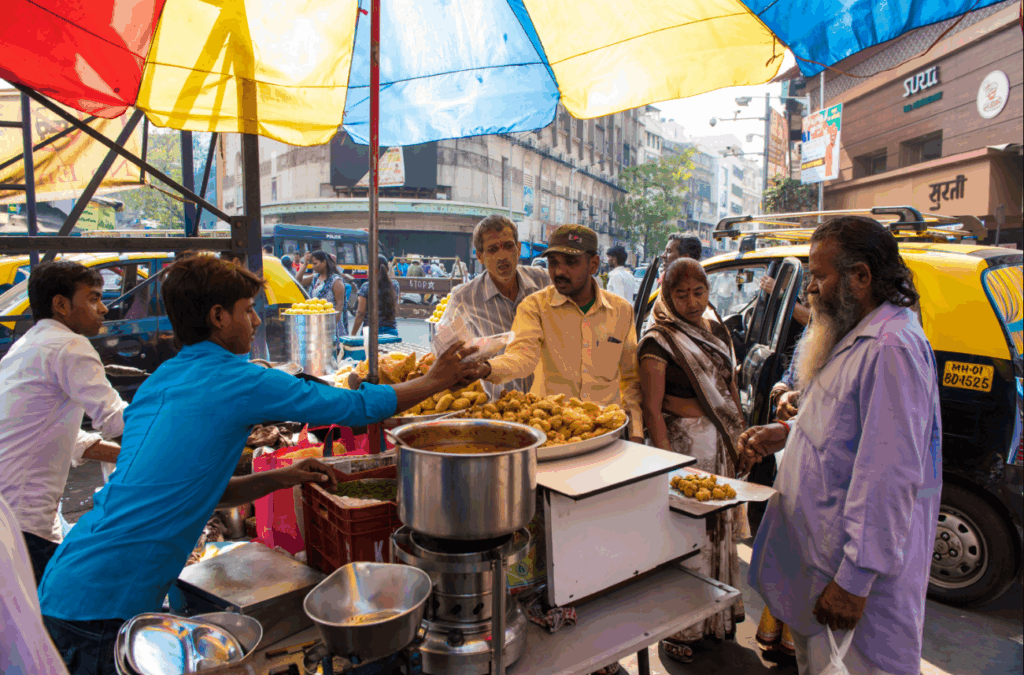
- Vada pav: The unofficial snack of the local traveler.
- Chai & Bun Maska: Comfort food in under 20 rupees.
- Samosas, sandwiches, dosas—grab it, eat it, and hop onto your next train.
Also, don’t be surprised if you find someone eating their full dabba meal in the train. Balanced on their lap. While scrolling Instagram. In a moving train. Legends.
The Dark Side: It’s Not Always Rosy
Let’s be real—Mumbai locals aren’t all rainbows and vada pavs. The overcrowding can be brutal. There are accidents, delays, pickpockets, and sometimes just sheer exhaustion. Traveling in the monsoon? Good luck staying dry.
Yet, people do it every day, with a sense of resilience that’s almost poetic. It’s the reason Mumbaikars are known for their spirit. No matter how tough the ride, they show up—on time, every day, without fail.
Mumbai Local = Classroom of Life
More than a mode of transport, Mumbai locals are a life coach. You learn patience, empathy, alertness, time management, and above all—how to function in a city that never slows down.
You’ll share laughs with strangers, fight over seat numbers, help someone find their phone, and sometimes just zone out to the rhythm of the tracks. It’s chaos—but it’s beautiful chaos.
Final Stop: Why You’ll Miss It
Once you’ve traveled in Mumbai locals, it stays with you. That strange comfort of the crowd, the hustle to catch your train, the unspoken codes of who gets the next seat—it becomes a part of you.
Ask any Mumbaikar who’s moved away what they miss most, and there’s a good chance they’ll say, “Yaar… the locals.” Because in the midst of all the madness, these trains hold memories, stories, struggles, and smiles.
So, next time you’re in Mumbai, skip the Uber. Hop on a local.
Maybe stand near the door, chat with a chaiwala, or just people-watch. You won’t just get from point A to point B—you’ll experience a piece of Mumbai’s soul.




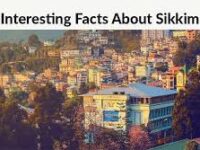


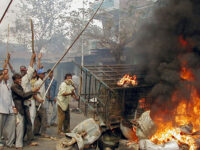
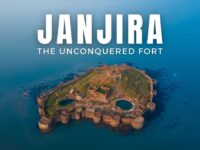






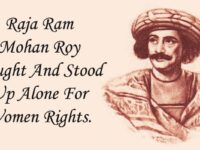













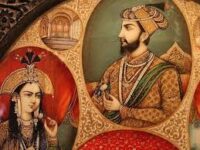
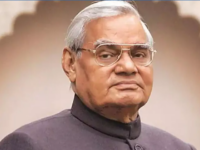
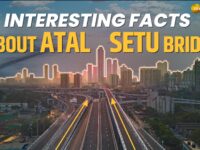




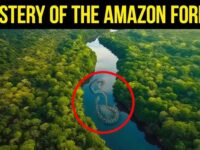

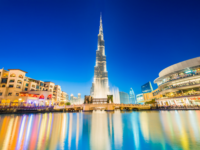












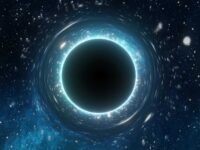













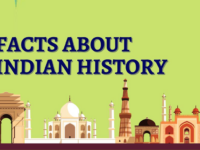


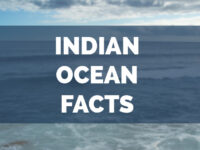











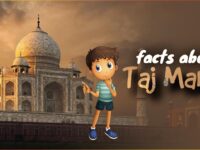



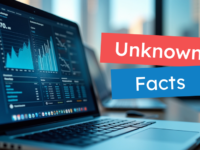
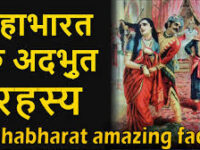
















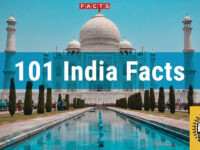

0 Comments